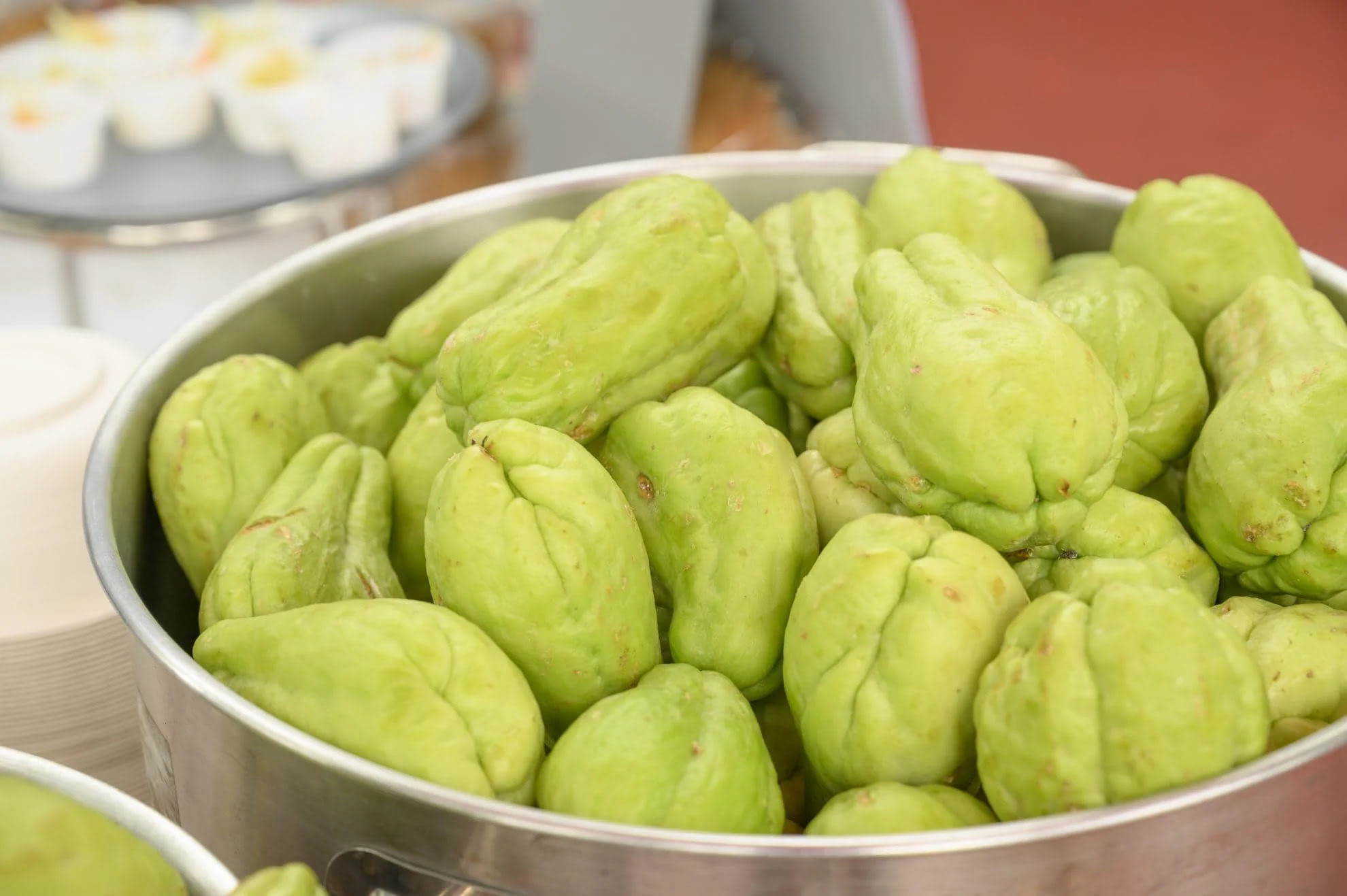

Articles
How To Store Chayote
Modified: October 19, 2024
Learn how to store chayote and keep it fresh for longer with these helpful articles.
(Many of the links in this article redirect to a specific reviewed product. Your purchase of these products through affiliate links helps to generate commission for Storables.com, at no extra cost. Learn more)
Introduction
Chayote, also known as vegetable pear or mirliton, is a versatile and nutritious vegetable that is native to Central America. With its mild flavor and crisp texture, chayote can be used in a variety of dishes, from stir-fries and salads to soups and stews. However, if you find yourself with an abundance of chayote and want to store it for future use, it’s important to know the proper methods to keep it fresh and flavorful.
In this article, we will explore different techniques for storing chayote to maximize its shelf life and maintain its quality. Whether you prefer to store it in the refrigerator, freeze it for long-term storage, or preserve it in pickling liquid, we’ve got you covered. So let’s dive in and learn about the various methods of storing chayote!
Key Takeaways:
- Store chayote in the refrigerator for up to a week, keeping it separate from strong-smelling fruits and veggies. Check for spoilage regularly to ensure freshness and safety.
- Freeze chayote for long-term storage, blanching it before freezing to maintain flavor and texture. Use directly from the freezer in soups, stews, and stir-fries.
Read more: How To Store Store-Bought Bread
Choosing and selecting chayote
When it comes to storing chayote, the first step is to choose and select the right ones. Look for chayote fruits that are firm and have a vibrant green color. Avoid those with soft spots or blemishes, as they may indicate spoilage. It’s also important to choose chayote that feels heavy for its size, indicating that it is fresh and juicy.
Additionally, the size of the chayote can influence its flavor and texture. Smaller chayote fruits are typically more tender and sweeter, while larger ones can be more fibrous. Choose the size that best suits your cooking preferences.
When purchasing chayote, try to buy them with the stems and leaves still attached. This is a good indication that the chayote is fresh and hasn’t been sitting on the shelf for too long. However, if the stems and leaves have been removed, you can still assess the quality of the chayote based on its appearance and feel.
Remember to handle chayote with care to avoid bruising or damaging the delicate skin. Once you have chosen and selected the best chayote, you are ready to move on to the next step: cleaning and preparing it for storage.
Cleaning and preparing chayote
Before storing chayote, it’s important to clean and prepare them properly. Start by rinsing the chayote under cool running water to remove any dirt or debris on the surface. You can use a vegetable brush to gently scrub the skin if needed. Then, pat the chayote dry with a clean towel or paper towel.
Next, you may choose to peel the chayote or leave the skin intact, depending on your personal preference and how you plan to use it. If you decide to peel the chayote, you can use a vegetable peeler or a sharp knife to remove the skin. Make sure to remove any blemishes or spots as well.
After cleaning and peeling (if desired), you can slice the chayote into your preferred shape and size. Some people like to dice it for salads or stir-fries, while others prefer to slice it into wedges or chunks. It’s all a matter of personal preference and the specific recipe you’ll be using the chayote in.
If you plan on cooking the chayote immediately, you can proceed with your recipe. However, if you want to store the chayote for future use, it’s important to take the necessary steps to preserve its freshness and flavor. Let’s explore different storage methods to keep your chayote in top condition.
Storing chayote in the refrigerator
The refrigerator is an excellent option for storing chayote, as it helps to maintain its freshness and crispness. To store chayote in the refrigerator, follow these simple steps:
- Place the cleaned and prepared chayote in a perforated plastic bag or a vegetable storage bag. This allows for proper airflow and prevents moisture buildup, which can lead to spoilage.
- Before sealing the bag, squeeze out any excess air to create a snug fit around the chayote.
- Store the bagged chayote in the crisper drawer of your refrigerator. The crisper drawer provides a slightly higher humidity level, which is ideal for preserving the texture and freshness of the chayote.
- Make sure to keep the chayote separate from other fruits and vegetables with strong odors. Chayote can absorb odors easily, which may affect its flavor.
It’s important to note that chayote can stay fresh in the refrigerator for up to a week, depending on its initial freshness. However, it’s best to use them within a few days for optimal taste and texture.
Remember to check the chayote periodically for any signs of spoilage. If you notice soft spots, mold, or a foul smell, it’s best to discard them to avoid any potential foodborne illness.
Now that you know how to store chayote in the refrigerator, let’s explore another option for long-term storage: freezing.
Store chayote in a cool, dry place such as a pantry or cellar. Keep them away from direct sunlight and moisture to prevent them from spoiling too quickly.
Freezing chayote
Freezing chayote is a great option if you want to prolong its shelf life for several months. Freezing helps to retain the flavor and texture of the chayote, making it a convenient ingredient to have on hand for future use. Follow these steps to freeze chayote:
- Start by blanching the chayote. Blanching helps to preserve the color, texture, and nutrients of the chayote while also killing any bacteria or enzymes that may cause spoilage.
- Bring a large pot of water to a boil. Carefully add the sliced or diced chayote to the boiling water and blanch them for about 2 minutes.
- After blanching, immediately transfer the chayote to an ice bath to cool them down quickly and halt the cooking process.
- Once the chayote has cooled, drain them well and pat them dry with a clean towel or paper towel.
- Place the chayote in airtight containers or freezer bags, ensuring that there is minimal air inside to prevent freezer burn. Label the containers with the date of freezing for easy reference.
- Store the containers in the freezer, where the chayote will remain fresh for up to 6 months.
When you’re ready to use the frozen chayote, there’s no need to thaw them beforehand. You can use them directly in your cooking by adding them to soups, stews, stir-fries, or any other recipe that calls for chayote.
Freezing chayote is a convenient way to have this versatile vegetable readily available in your freezer whenever you need it. Now, let’s explore an alternative method of storing chayote outside of the refrigerator and freezer – using a root cellar or pantry.
Read more: How To Store Basil From Grocery Store
Storing chayote in a root cellar or pantry
If you have a root cellar or a cool, dark pantry, storing chayote in these environments can be a great option. Here’s how to do it:
- Choose chayote that are in good condition, without any signs of damage or blemishes.
- A root cellar or pantry should have a temperature range between 50°F (10°C) – 60°F (15°C) with moderate humidity. This helps to slow down the ripening process and prolong the shelf life of the chayote.
- Place the chayote in a single layer, making sure they are not touching each other. This allows for better air circulation around the fruits, reducing the risk of spoilage.
- Check the chayote regularly for any signs of spoilage. Remove any chayote that show soft spots, mold, or any other signs of deterioration to prevent them from affecting the others.
- When stored properly, chayote can last for several weeks in a root cellar or pantry, allowing you to enjoy them over an extended period.
It’s important to note that if your pantry or root cellar is not cool enough, the chayote may start to sprout or spoil faster. In such cases, it’s best to opt for the refrigerator or freezer storage options instead.
Now that you know how to store chayote in a root cellar or pantry, let’s explore another interesting method of preserving chayote – pickling!
Preserving chayote in pickling liquid
Preserving chayote in pickling liquid is a unique way to enjoy this versatile vegetable with a tangy twist. Pickled chayote can be used in sandwiches, salads, or as a flavorful condiment. Here’s how to pickle chayote:
- Clean and prepare the chayote by peeling and removing any blemishes. Cut them into thin slices or julienne strips, depending on your preference.
- In a saucepan, combine equal parts of vinegar and water. You can use distilled white vinegar or apple cider vinegar for a milder flavor.
- Add sugar, salt, and your choice of pickling spices such as mustard seeds, peppercorns, or bay leaves to the vinegar-water mixture. Adjust the amount of sugar and salt to your taste.
- Bring the pickling liquid to a boil, stirring until the sugar and salt dissolve completely.
- Submerge the chayote slices or julienne strips in the hot pickling liquid. Let them sit for a few minutes to absorb the flavors.
- Transfer the chayote slices along with the pickling liquid into sterilized jars. Make sure the chayote is fully submerged in the liquid.
- Seal the jars tightly and allow them to cool down to room temperature.
- Once cooled, refrigerate the pickled chayote jars. They will need a few days to develop their full flavor, but you can start enjoying them after 24 hours.
Pickled chayote can be stored in the refrigerator for several weeks, and the flavor will continue to develop over time. The tanginess of the pickling liquid adds a delightful twist to the chayote, making it a delicious and versatile condiment in your culinary repertoire.
Now that we’ve explored various methods of storing chayote, there’s one final consideration – storing cooked chayote.
Storing cooked chayote
If you have leftover cooked chayote and want to store it for future meals, there are a few guidelines to follow to ensure its freshness and taste. Here’s how to store cooked chayote:
- Allow the cooked chayote to cool down completely before storing it. This helps prevent condensation and excess moisture that can lead to spoilage.
- Transfer the cooked chayote to an airtight container or a zip-top bag.
- Label the container with the date of cooking for easy reference.
- Place the container in the refrigerator, where the cooked chayote can stay fresh for up to 3-4 days.
When reheating the cooked chayote, you can do so in the microwave, stovetop, or oven, depending on your preference or the dish you’ll be using it in.
It’s important to note that the texture of the cooked chayote may slightly change after being refrigerated, but it should still be tasty and enjoyable. If you notice any signs of spoilage, such as a foul odor or slimy texture, discard the cooked chayote to prevent foodborne illness.
By following these guidelines, you can store cooked chayote and enjoy it later in various recipes, including side dishes, casseroles, or even as a topping for tacos or salads.
Now you are equipped with different methods to store chayote, whether it’s fresh, cooked, or preserved in pickling liquid. Choose the method that suits your needs and enjoy the goodness of chayote for an extended period.
Now that you've mastered storing chayote, why not tackle more kitchen and pantry challenges? If your kitchen space feels cramped, discover smart strategies for kitchen organization that will transform cluttered counters and drawers into models of efficiency. For those keen on maintaining the freshness of groceries and leftovers, check out our guide on food storage which highlights top methods to keep everything from vegetables to baked goods in peak condition well into 2024.
Frequently Asked Questions about How To Store Chayote
Was this page helpful?
At Storables.com, we guarantee accurate and reliable information. Our content, validated by Expert Board Contributors, is crafted following stringent Editorial Policies. We're committed to providing you with well-researched, expert-backed insights for all your informational needs.





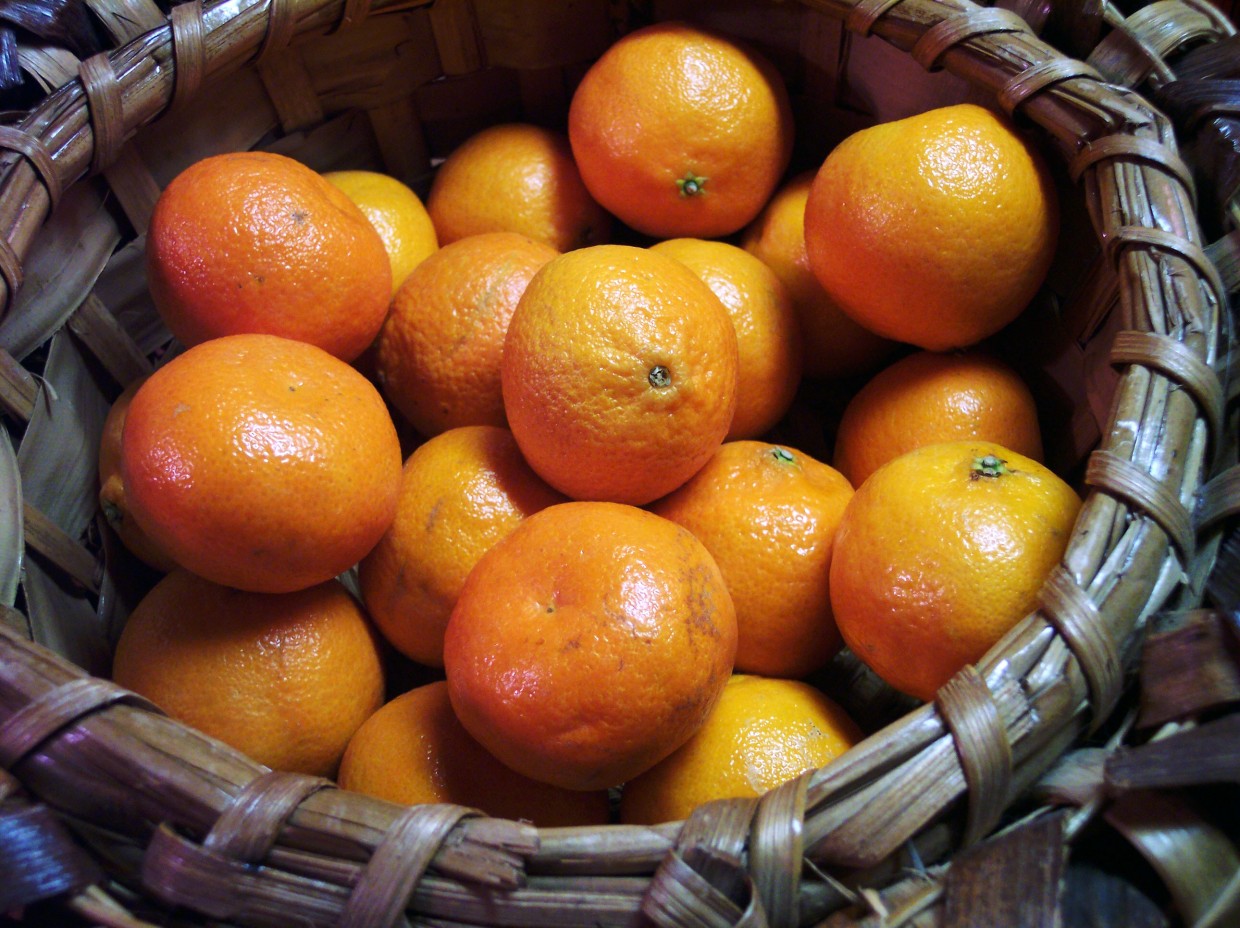

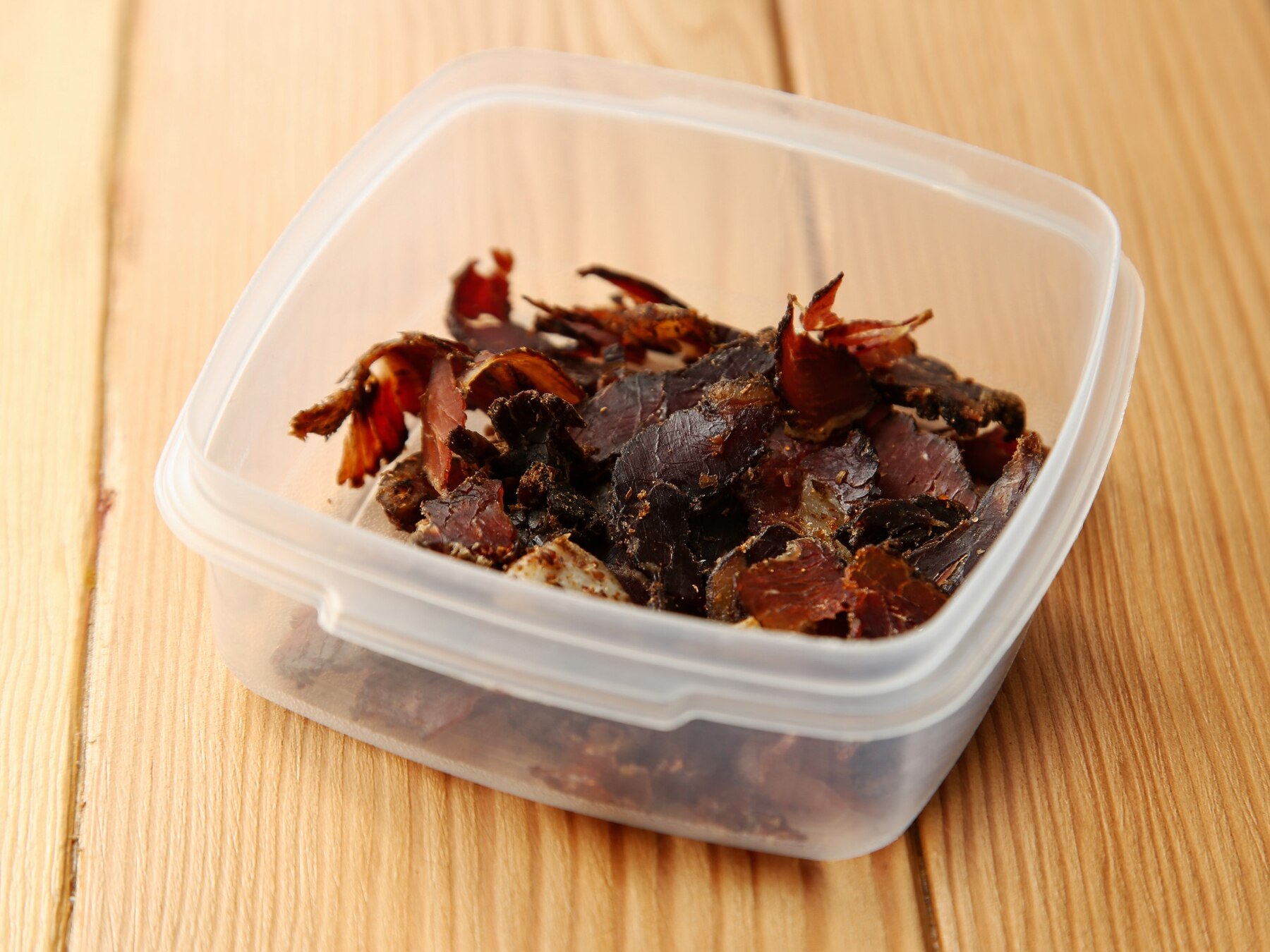
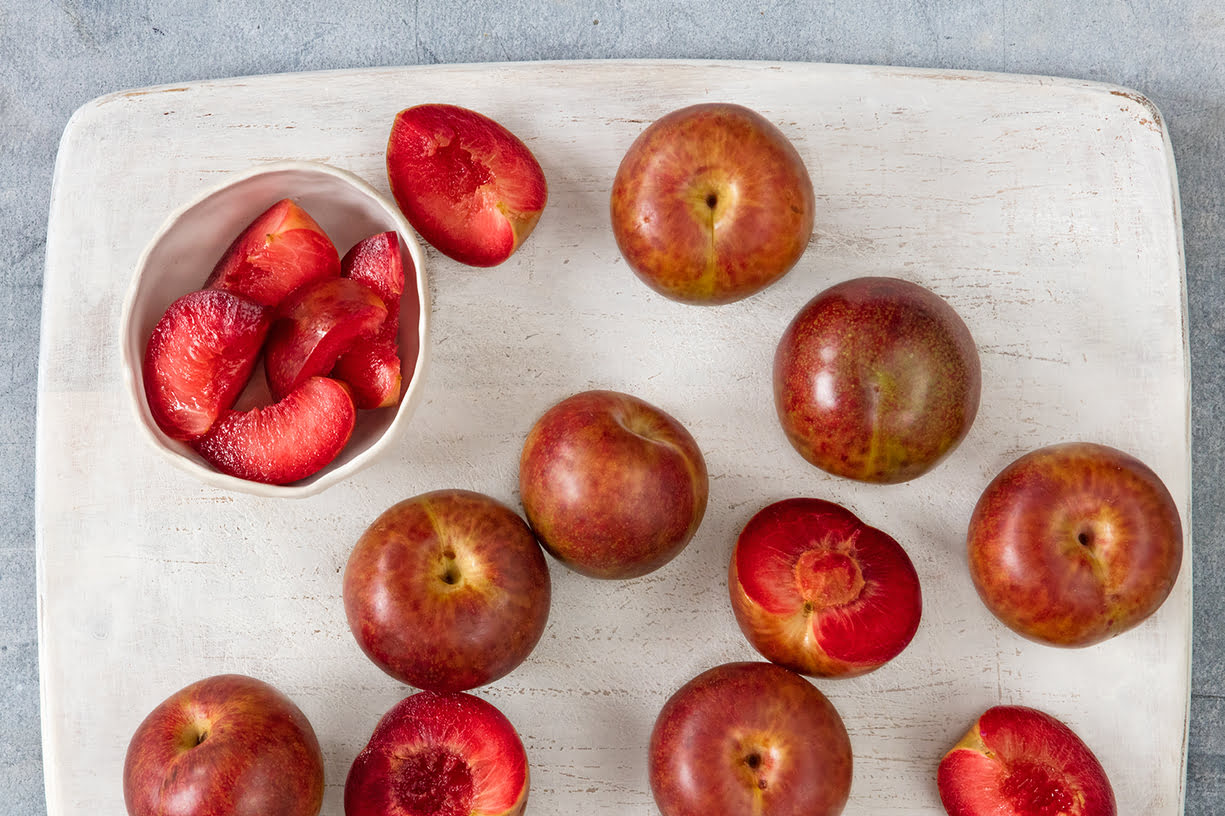




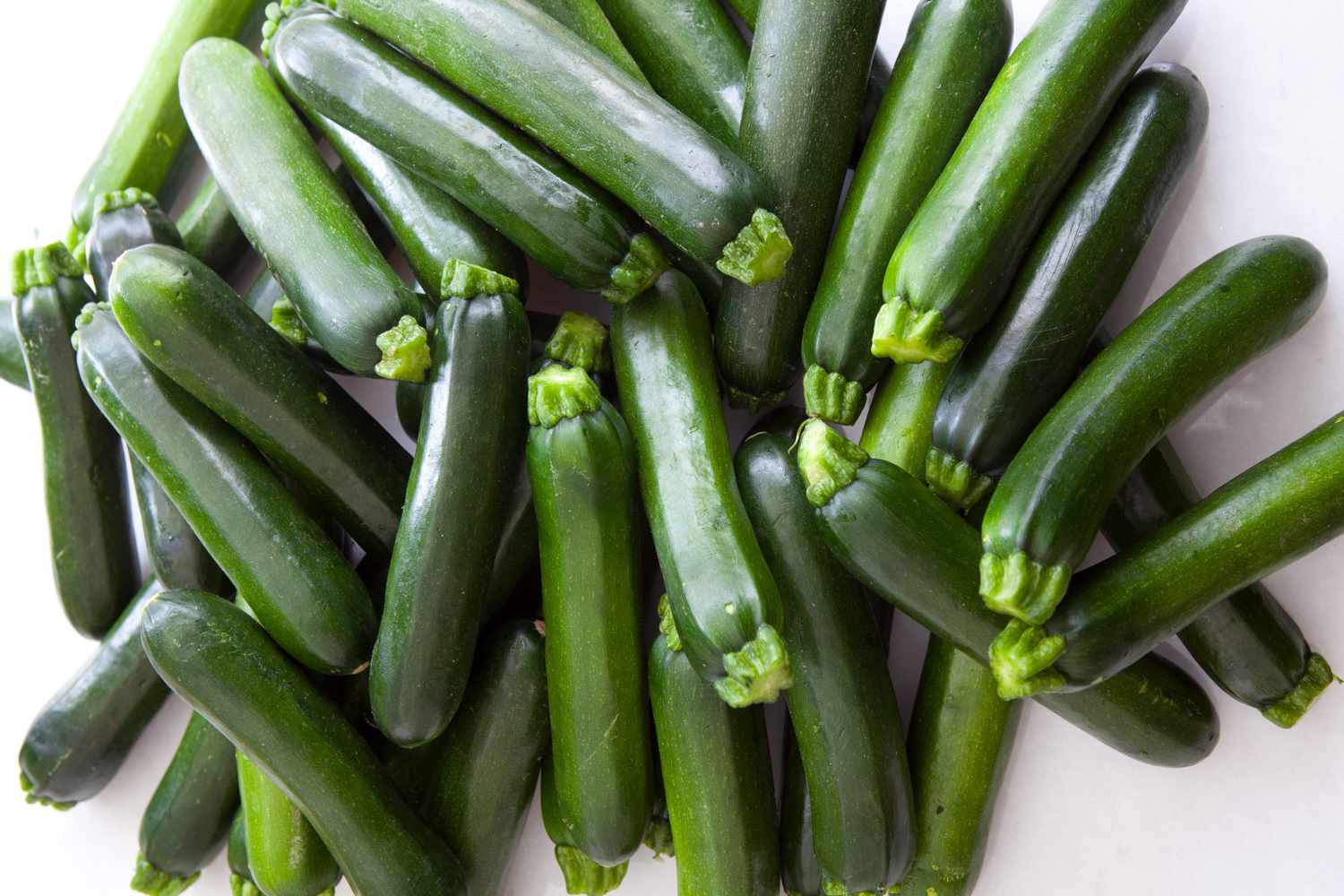

0 thoughts on “How To Store Chayote”